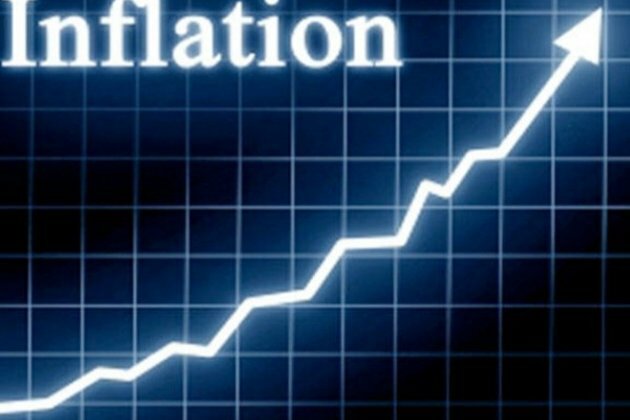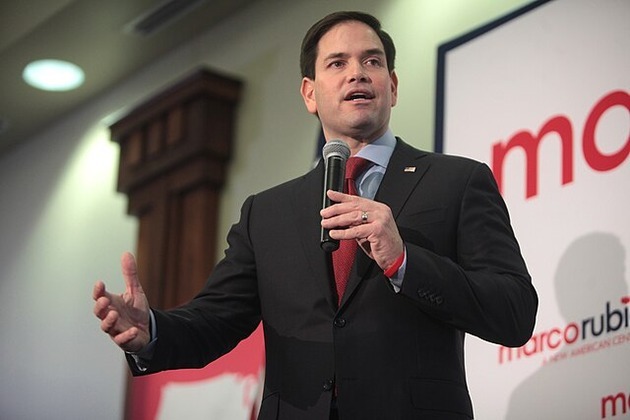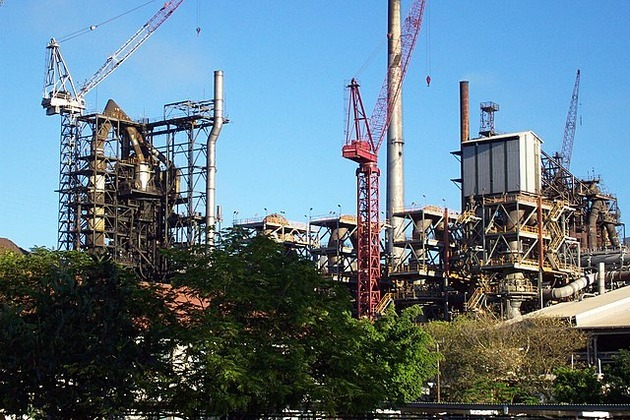EXPLAINED: Why central banks, including the RBI, raising lending rates aggressively?
ANI
04 Jul 2022, 13:33 GMT+10

New Delhi [India], July 4 (ANI): Countries across the world have been grappling with unprecedented levels of inflation. In the US, the inflation rate has increased by an unparalleled amount of 8.6 per cent in May 2022, reaching a forty-year high.
Across the OECD group of wealthy nations, inflation has reached 9.2 per cent - the highest since 1988. Britain has the highest rate in the G7 group of rich countries - the UK, US, Canada, France, Italy, Germany and Japan - with the consumer price index (CPI) measure of inflation hitting 9 per cent in April, the highest since 1982, a report published by The Guardian said.
India too has been dealing with a similar complication, with inflation being reported at 7.04 per cent in May.
In India, retail inflation has been over the Reserve Bank of India's upper tolerance band of 6 per cent for the fifth consecutive month in a row in May, while the Indian central bank projects that it would continue to remain high till the third quarter of the current financial year 2022-23, before moderating. Besides, domestic wholesale inflation has been in double-digit for over a year now.
Meanwhile, to control the high inflation, the RBI has raised key lending rates or repo rate by 90 basis points cumulatively during the recently held monetary policy review meetings.
The US Fed raised its benchmark interest rate by 75 basis points at its latest meet. That followed a 25 basis points increase in March and a 50 basis points jump in May. In total, the US central bank has raised 1.5 percentage points on a cumulative basis.
Hence, there seems to be a clear connection between lending rates and inflation. What connects these two seemingly separate parameters of the economy, and how are central banks across the world using it? In order to delve into the meaning of the aforementioned question, it is crucial to understand the concepts of monetary policy.
Often, when the economic markets are in disequilibrium, the government decides to intervene in an attempt to reduce aggregate losses and stabilize the economy. The government can either do so by fiscal policy, i.e. through government expenditure, or the central bank can intervene by conducting open market operations or through rate rationalization.
Open market operations refer to the selling or purchasing of treasury bills, government securities and other bonds by the central bank of any country in order to regulate money supply in the economy.
When the central bank buys securities, it creates an increase in the money supply. This causes money to become less valuable as a commodity and further reduces the cost of borrowing (or interest rates) this commodity.
Similarly, when the central bank sells securities, it causes a reduction in money supply, thereby increasing the interest rates. Hence, this is one of the instruments available with the central bank to control the money supply in the system.
The succeeding question, therefore, is that of the connection between increase in interest rates and decrease in inflation rates.
To simplify, an increase in interest rates discourages the public from borrowing loans, thereby discouraging them from consuming or investing in various goods and services. This would then cause a decline in demand for goods and services, thereby causing a decline in their prices. Hence, by virtue of this logic, high interest rates typically curb inflation.
Today, inflation is witnessing a steady and persistent increase globally, with food and energy prices hitting record highs. The rise can somewhat be attributed partly to pent-up consumer demand after the COVID-19 pandemic and rest to the Russian invasion of Ukraine. In order to combat the inflation, the monetary policy tightening of the economy is being taken up by central banks across the world.
However, it is crucial to note that even though high interest rates combat inflation, the subsequent possibility of a decrease in demand may have a negative effect on the economic growth in the long run.
The decrease in demand not only lowers the gross domestic product of any country, but also reduces employment opportunities as firms tend to rethink about their business expansions or reduce manufacturing of products, in order to further reduce their operating costs by decreasing expenditure on wages. (ANI) Share
Share
 Tweet
Tweet
 Share
Share
 Flip
Flip
 Email
Email
Watch latest videos
Subscribe and Follow
Get a daily dose of Utah Independent news through our daily email, its complimentary and keeps you fully up to date with world and business news as well.
News RELEASES
Publish news of your business, community or sports group, personnel appointments, major event and more by submitting a news release to Utah Independent.
More InformationInternational
SectionCDC: US records 1,288 measles cases, most since 1992 outbreak
ATLANTA, Georgia: The United States is facing its worst measles outbreak in more than three decades, with 1,288 confirmed cases so...
Gaza War sucking life out of an Israeli generation
In the past month alone, 23 Israeli soldiers have been killed in Gaza—three more than the number of remaining living hostages held...
Faulty IT system at heart of UK Post Office scandal, says report
LONDON, U.K.: At least 13 people are believed to have taken their own lives as a result of the U.K.'s Post Office scandal, in which...
Travelers can now keep shoes on at TSA checkpoints
WASHINGTON, D.C.: Travelers at U.S. airports will no longer need to remove their shoes during security screenings, Department of Homeland...
Rubio impersonator used AI to reach officials via Signal: cable
WASHINGTON, D.C.: An elaborate impersonation scheme involving artificial intelligence targeted senior U.S. and foreign officials in...
Warsaw responds to migration pressure with new border controls
SLUBICE, Poland: Poland reinstated border controls with Germany and Lithuania on July 7, following Germany's earlier reintroduction...
Business
SectionAI saves $500 million for Microsoft as layoffs reshape strategy
REDMOND, Washington: Artificial intelligence is transforming Microsoft's bottom line. The company saved over US$500 million last year...
FTC’s rule to ease subscription cancellations struck down by court
WASHINGTON, D.C.: A federal rule designed to make it easier for Americans to cancel subscriptions has been blocked by a U.S. appeals...
Musk’s X loses CEO Linda Yaccarino amid AI backlash, ad woes
BASTROP, Texas: In a surprising turn at Elon Musk's X platform, CEO Linda Yaccarino announced she is stepping down, just months after...
Ex-UK PM Sunak takes advisory role at Goldman Sachs
NEW YORK CITY, New York: Former British prime minister Rishi Sunak will return to Goldman Sachs in an advisory role, the Wall Street...
Gold ETF inflows hit 5-year high as tariffs drive safe-haven bets
LONDON, U.K.: Physically backed gold exchange-traded funds recorded their most significant semi-annual inflow since the first half...
PwC: Copper shortages may disrupt 32 percent of chip output by 2035
AMSTERDAM, Netherlands: Some 32 percent of global semiconductor production could face climate change-related copper supply disruptions...













